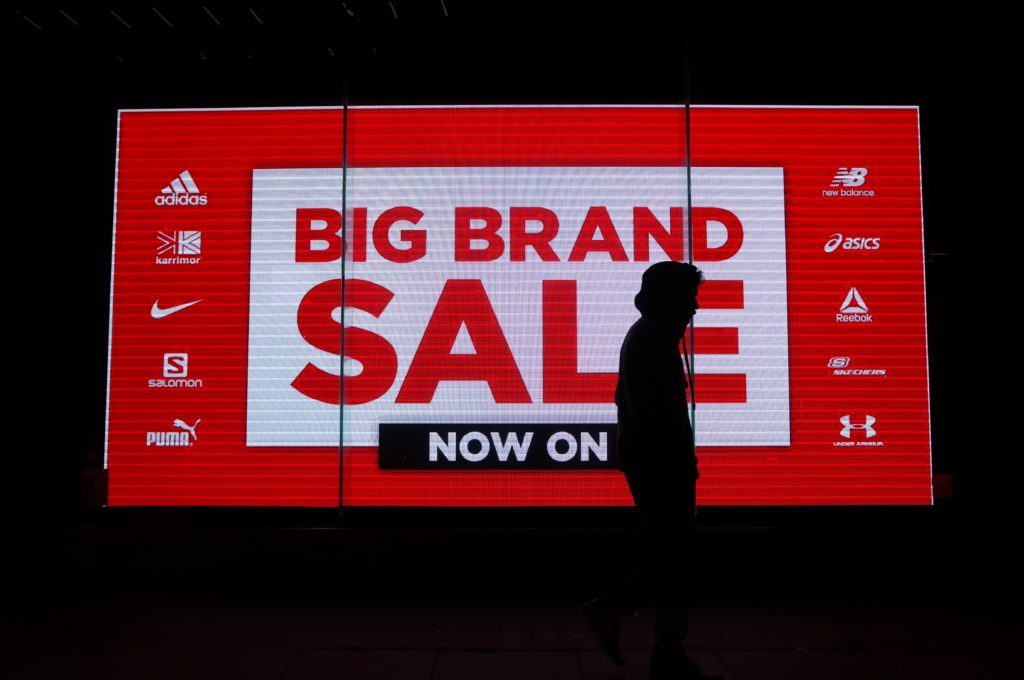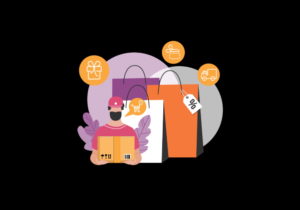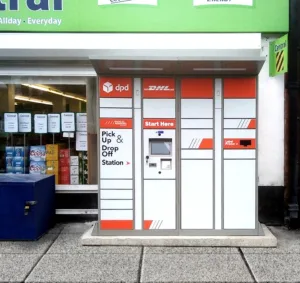By Charlie Casey, CEO at LoyaltyLion
To understand the opportunity that exists around this year’s BFCM, we need to first understand the science behind discounting. There’s a psychological thrill that comes with saving money.
One study, published in the Journal of Consumer Psychology, found that consumers get feelings of excitement, pleasure, and happiness on receiving a major discount. Researchers also found that people who received a discount had a 38% increase in levels of the “feel-good” hormone, oxytocin.
Despite this, Management Consultants, such as Kevin Hillstrom, have long told us of the quadratic style relationship that exists between levels of discounting and profitability. Businesses with modest and infrequent discounting strategies are healthier than those caught up in a sale-driven approach that continues to erode a customer’s lifetime value (LTV) each year they shop at a discounted rate. Plus, reversing out of a discount-heavy strategy can result in a sales decline while customers who are used to lower prices reassess their options.
Traditionally, retailers have relied on heavy discounting during the BFCM period, but this often comes at a cost to a business. In our recent report, 53 percent of consumers said the deals and offers provided during this period impacted their trust in brands, which in turn negatively affects customer LTV and repeat purchase rates.
However, we found it’s possible to replicate the surge of oxytocin that comes with bagging a discounted bargain and garner a feel good factor towards a brand through alternative methods that won’t harm profit margins.
Brands would do well to note that 61 percent of UK consumers cited that they’d feel positive towards those that offered the opportunity to contribute to a charity or initiative aligned with their values.
Whilst 78 percent said that offering free or discounted delivery would encourage positive sentiment towards a brand, as would giving out loyalty points that consumers could redeem against future purchases (73 percent).
Shoppers also showed extremely positive sentiments towards special birthday offers (72 percent), promotions offering early access to sales (66 percent) and early access to new products (65 percent) were also cited as ways to enhance positive sentiment.
This may feel less relevant over a sales period, when shoppers are primed and ready for deals and discounts. However, when survey respondents were specifically asked which incentives would be most likely to push them to purchase over BFCM, alternative incentives were not far behind discounts. This included early access to sales (66 percent) or new products (65 percent), loyalty points (73 percent) and, free or discounted shipping (78 percent).
So, while consumers expect discounts over BFCM, as it stands today, they’re also expecting a negative shopping experience. This might result in attracting new customers and shoppers in the short term, but it’s unlikely to generate a long-term relationship and repeat business. Meanwhile, your existing customers will feel undervalued.
Brands need to rewrite the rules this year and balance the impact of BFCM discounts by using alternative incentives that build emotional connections. This will in turn increase the chance of customers returning to spend with a retailer again, even when the peak trading period is over. This strategy can be just as effective as discounts in encouraging customers who have abandoned their carts to return, winning back at-risk customers who haven’t visited the site for a while, and encouraging customers to make a commitment in the form of either starting a subscription or joining a loyalty program.
Gone are the days where brands can afford to rely solely on discounting. The focus must be on creating positive sentiments while driving BFCM sales, resulting in stronger, long-term customer relationships that keep both profits and customer lifetime value high, all year round.







